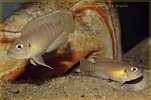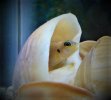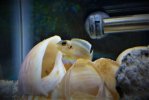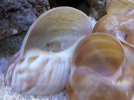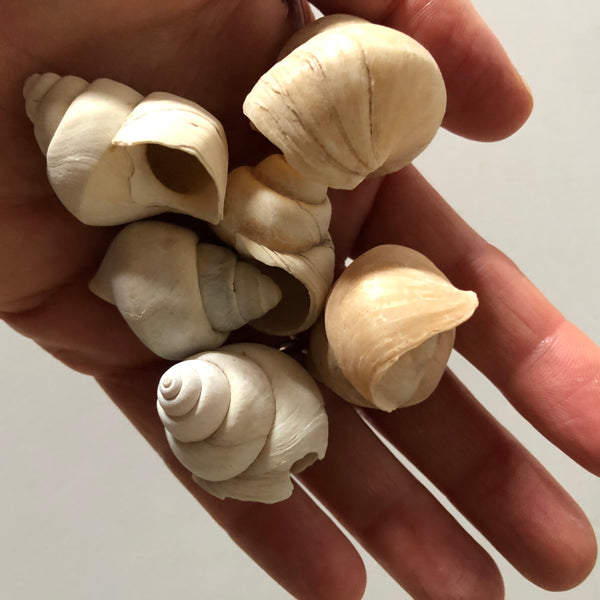I watched the large male attack fish and kill one of the smallest in front of me already.
Of the two new fish I was able to see, I can tell by the stress color on the one it will be taken out. The other one I saw with color had found a shell to retreat to and looked pretty perky. The aggression Im seeing is beyond what Ive dealt with in Central Americans and their pecking order. These little guys are biting and killing the smaller weaker fish.
Of the two new fish I was able to see, I can tell by the stress color on the one it will be taken out. The other one I saw with color had found a shell to retreat to and looked pretty perky. The aggression Im seeing is beyond what Ive dealt with in Central Americans and their pecking order. These little guys are biting and killing the smaller weaker fish.

